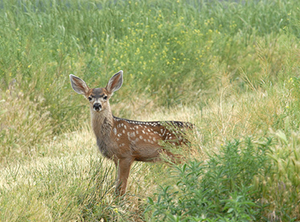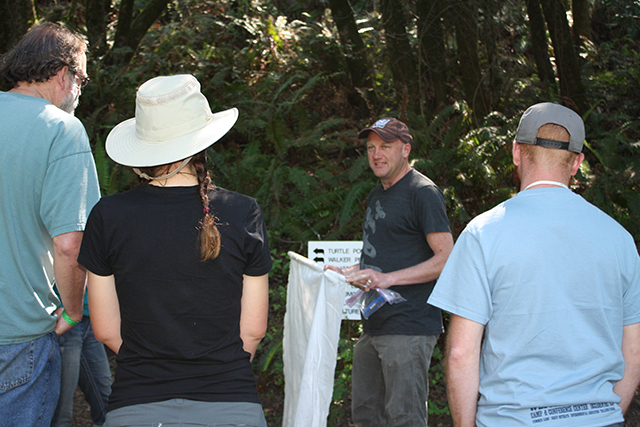FOR IMMEDIATE RELEASE
Media Contact:
Tara DiMilia, 908-947-0500, tara.dimilia@TMstrat.com
Bay Area Lyme Foundation To Provide Tick and Lyme Disease Education in the Solano Resource Conservation District
Program is open to the public and part of extensive education program throughout the Bay Area
Silicon Valley, California, October 26, 2015—The Bay Area Lyme Foundation, which aims to make Lyme disease easy to diagnose and simple to cure, will provide training about ticks and Lyme disease to naturalists, outdoor educators, program managers and the general public in the Solano Resource Conservation District, as well as other local agencies, to better educate area students, parents and classroom teachers. The program is part of an educational initiative started at Bay Area Lyme Foundation to inform California residents about prevention, the proper removal of ticks, and symptoms of tick-borne diseases. It is based on new information that Lyme disease is endemic to the area.
 Blacklegged ticks
Blacklegged ticks Here, Bay Area Lyme research scientist Dan Salkeld shows California naturalists how to drag for ticks at the Association for Environmental and Outdoor Educators annual conference.
Here, Bay Area Lyme research scientist Dan Salkeld shows California naturalists how to drag for ticks at the Association for Environmental and Outdoor Educators annual conference.